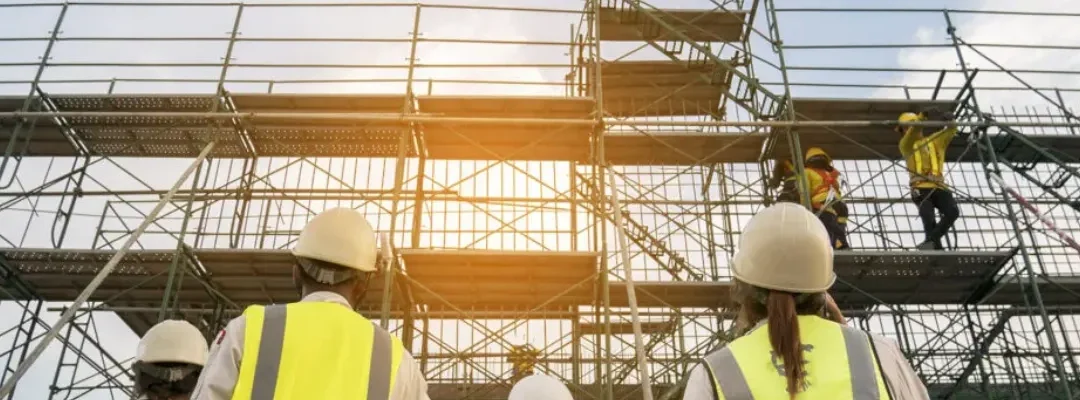Construction is one of the most hazardous industries in the world. In 2025, with increased scrutiny from regulatory bodies and a growing emphasis on worker well-being, implementing safety best practices is more critical than ever. Accidents not only endanger lives—they delay projects, inflate costs, and damage reputations.
Whether you’re a site manager, contractor, or safety officer, these essential practices can help maintain a secure construction environment and ensure compliance with updated OSHA and ISO standards.
1. Conduct Regular Safety Training
Knowledge is your first line of defense. All workers—new hires and veterans alike—should receive:
- Job-specific hazard training
- Emergency response procedures
- Equipment operation protocols
Tip: Use microlearning modules and VR simulations to enhance retention.
2. Enforce Personal Protective Equipment (PPE)
PPE is non-negotiable. Standard gear includes:
- Hard hats
- Steel-toed boots
- High-visibility vests
- Eye and ear protection
- Fall arrest systems (where needed)
Pro Tip: Provide climate-specific PPE for extreme weather or heat exposure.
3. Establish a Site-Specific Safety Plan (SSSP)
Each jobsite is different. Tailor a safety plan that addresses:
- Site layout and hazards
- Emergency contacts and evacuation routes
- Permit-to-work procedures
Review and update the plan weekly or as site conditions change.
4. Maintain Clean, Organized Work Areas
Clutter increases risk. Keep walkways, scaffolds, and work zones free of debris, tools, and unnecessary materials.
Quick Win: Assign daily “clean zone captains” to enforce tidiness.
5. Inspect Tools, Equipment & Machinery Daily
Faulty gear is a leading cause of injury. Implement:
- Pre-use inspections
- Regular maintenance logs
- Tag-out systems for unsafe equipment
6. Use Signage and Barriers Effectively
Visual cues save lives. Make sure warning signs, barricades, and hazard labels are:
- Clear and multilingual if necessary
- Reflective or illuminated in low-light zones
- Routinely checked for damage or visibility issues
7. Fall Protection is a Must for Heights
Falls remain the top cause of fatalities in construction. Follow the 6-foot rule:
- Use guardrails, safety nets, and harnesses
- Conduct daily checks on harness wear-and-tear
- Train all workers on fall arrest system use
8. Limit Site Access to Authorized Personnel
Unauthorized visitors = unknown risks. Use:
- Digital check-in/check-out systems
- ID badges and color-coded vests
- Fenced perimeters and access control
9. Encourage a ‘Safety First’ Culture
Foster open communication where workers can report hazards or concerns without fear of retaliation.
Suggestion: Hold weekly safety stand-downs and offer small rewards for proactive safety reporting.
10. Stay Compliant with OSHA and Local Regulations
Keep documentation updated and accessible:
- Safety data sheets (SDS)
- OSHA 300 logs
- Toolbox talk records
- Inspection checklists

